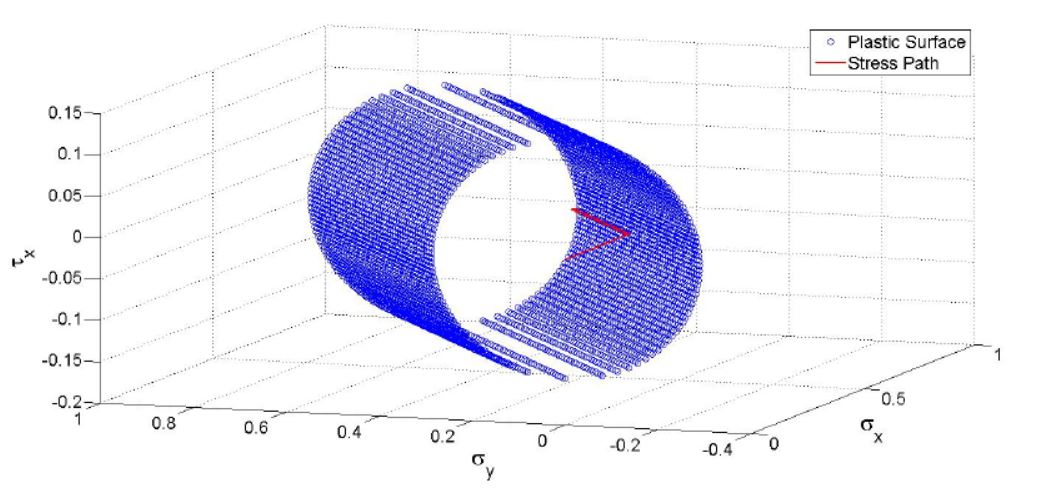

Advanced physics-based and data-driven strategies
2 September, 2019 @ 6:00 pm - 7:00 pm
 Simulation Based Engineering Science (SBES) has brought major improvements in optimization, control and inverse analysis, all leading to a deeper understanding in many processes occuring in the real world. These noticeable breakthroughts are present in a vast variety of sectors such as aeronautic or automotive industries, mobile telecommunications or healthcare among many other fields. Nevertheless, SBES is currently confronting several difficulties to provide accurate results in complex industrial problems. Apart from the high computational costs associated with industrial applications, the errors introduced by constitutive modeling become more and more important when dealing with new materials.
Simulation Based Engineering Science (SBES) has brought major improvements in optimization, control and inverse analysis, all leading to a deeper understanding in many processes occuring in the real world. These noticeable breakthroughts are present in a vast variety of sectors such as aeronautic or automotive industries, mobile telecommunications or healthcare among many other fields. Nevertheless, SBES is currently confronting several difficulties to provide accurate results in complex industrial problems. Apart from the high computational costs associated with industrial applications, the errors introduced by constitutive modeling become more and more important when dealing with new materials.
Concurrently, an unceasingly growing interest in concepts such as Big-Data, Machine Learning or Data-Analytics has been experienced. Indeed, this interest is intrinsically motivated by an exhaustive development in both data-acquisition and data-storage systems. For instance, an aircraft may produce over 500 GB of data during a single flight. This panorama brings a perfect opportunity to the so-called Dynamic Data Driven Application Systems (DDDAS), whose main objective is to merge classical simulation algorithms with data coming from experimental measures in a dynamic way. Within this scenario, data and simulations would no longer be uncoupled but rather a symbiosis that is to be exploited would achieve milestones which were inconceivable until these days. Indeed, data will no longer be understood as a static calibration of a given constitutive model but rather the model will be corrected dynamicly as soon as experimental data and simulations tend to diverge. Several numerical algorithms will be presented throughout this manuscript whose main objective is to strengthen the link between data and computational mechanics. The first part of the thesis is mainly focused on parameter identification, data-driven and data completion techniques. The second part is focused on Model Order Reduction (MOR) techniques, since they constitute a fundamental ally to achieve real time constraints arising from DDDAS framework.
